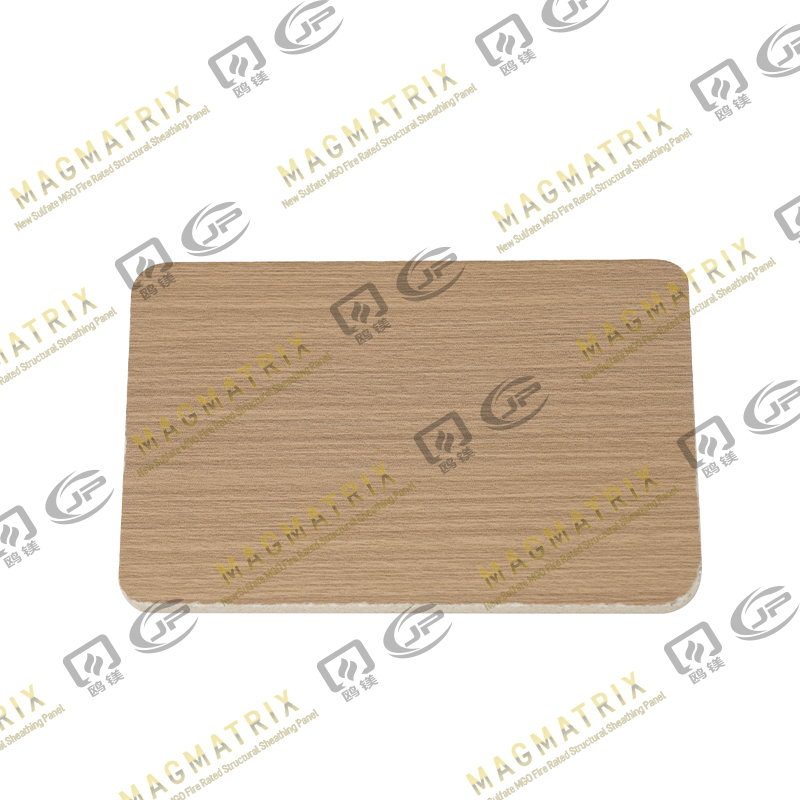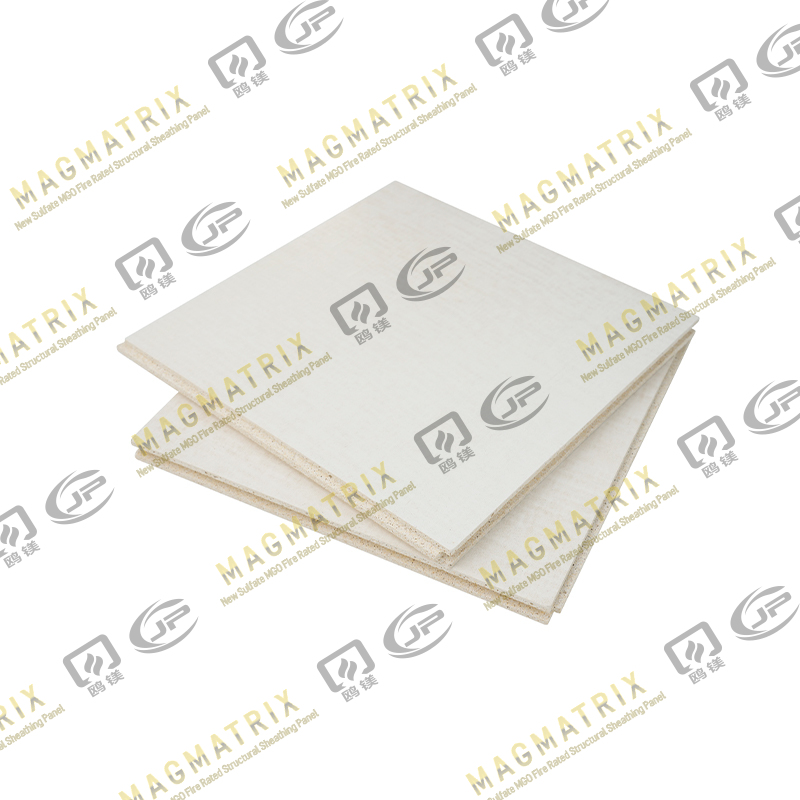
Key Takeaways
The best approach is to present the key takeaways as a bulleted list of high-impact statements. Each point should highlight a significant benefit of magnesium wall board, setting the stage for the detailed explanations that follow in the article.
Here are some suggested points for your Key Takeaways section:
Superior Fire and Moisture Resistance: Magnesium wall board is highly resistant to both fire and water, a crucial feature for hospital environments where safety and hygiene are top priorities. It offers a higher level of protection than traditional materials like gypsum board.
Aseptic and Hypoallergenic Properties: The non-porous and mineral-based composition naturally inhibits the growth of bacteria, mold, and mildew. It also does not contain allergens, ensuring a clean and safe environment for patients, especially those with compromised immune systems or allergies.
Exceptional Durability and Longevity: This material is incredibly strong and resistant to impacts, scratches, and everyday wear and tear. This reduces the need for frequent repairs and replacement, providing a long-term, cost-effective solution for high-traffic hospital areas.
Aesthetic Versatility and Customization: Available in a wide range of colors, textures, and finishes, magnesium wall board allows for custom designs that meet the specific aesthetic and functional needs of any hospital space, from patient rooms to operating theaters.
This concise and impactful section will effectively summarize the core value proposition of magnesium wall board and prepare the reader for the more detailed information that follows.
Hospitals and healthcare facilities require building materials that meet a unique set of demanding criteria: they must be safe, durable, hygienic, and aesthetically pleasing. Magnesium wall board is emerging as a preferred solution because it excels in these critical areas, offering a clear advantage over traditional options.
Fire and Moisture Resistance
In a hospital, a fire can be catastrophic, and moisture can lead to mold and bacterial growth, compromising patient health. Magnesium wall board provides exceptional protection against both threats. It is non-combustible and has a high fire resistance rating, often meeting or exceeding stringent building codes for healthcare facilities. Its mineral-based composition is also naturally moisture-resistant, preventing water absorption and the associated risks of swelling, warping, and mildew.
Antibacterial and Hypoallergenic
Maintaining a sterile and hygienic environment is paramount in healthcare. The inorganic nature of magnesium wall board makes it an inhospitable surface for mold, mildew, and bacteria. Unlike porous materials that can harbor microbes, its smooth, dense surface is easy to clean and sanitize. Furthermore, it is free of formaldehyde, asbestos, and other harmful substances, making it a hypoallergenic choice that protects sensitive patients and staff.
Strength and Durability
Hospital walls endure constant impact from gurneys, equipment, and daily foot traffic. Magnesium wall board is significantly stronger and more durable than standard gypsum board. It resists dents, scratches, and punctures, ensuring the walls maintain their integrity and appearance over time. This durability translates to lower long-term maintenance costs and a safer, more professional-looking facility.
Customization and Aesthetics
Modern healthcare design aims to create a soothing, non-institutional environment. Magnesium wall board offers a high degree of design flexibility. It can be finished with various paints, veneers, and laminates to achieve specific looks. Its smooth surface provides an excellent base for custom graphics, wayfinding signage, or artistic murals, allowing architects and designers to create spaces that are both functional and visually appealing.
Simple Table for Comparison
To make the benefits of magnesium wall board clear and concise, you could use a table like this one. It’s a great way to summarize the information visually.
| Feature |
Magnesium Wall Board |
Traditional Wall Materials |
| Fire Resistance |
Excellent (Non-combustible) |
Varies (Often low fire rating) |
| Moisture Resistance |
High (Prevents mold/mildew) |
Poor (Prone to water damage) |
| Durability |
High (Impact and scratch resistant) |
Low (Easily dented/scratched) |
| Hygiene |
Antibacterial, Hypoallergenic |
Can harbor microbes, contain VOCs |
Comparison with Other Wall Materials
While there are several options for hospital wall construction, a direct comparison reveals why magnesium wall board is often the superior choice for critical healthcare environments. Each material has its own set of advantages and disadvantages, but few can match the comprehensive performance of magnesium oxide board across key metrics like safety, durability, and hygiene.
Gypsum Board
Gypsum Board (Drywall) is the most common wall material due to its low cost and ease of installation. However, it falls short in a hospital setting. It is not inherently fire-resistant and is highly susceptible to moisture damage, which can lead to mold and mildew growth. It also lacks the impact resistance needed for high-traffic areas, making it prone to dents and scuffs.
PVC Panels
PVC (Polyvinyl Chloride) Panels are often chosen for their moisture resistance and ease of cleaning. While they perform well in wet areas, they are typically made from plastics that can release volatile organic compounds (VOCs) and may not meet the highest fire safety standards. They also lack the robust durability of magnesium board, making them susceptible to scratching and damage from impacts.
Ceramic Tiles
Ceramic Tiles are a traditional choice for hygiene-sensitive areas like operating rooms due to their water resistance and cleanability. However, they are heavy, costly to install, and the grout lines are notoriously difficult to keep sterile, as they can harbor bacteria and require specialized cleaning. Additionally, tiles can crack from severe impact, necessitating expensive and time-consuming repairs.
Comparison Table
| Feature |
Magnesium Wall Board |
Gypsum Board |
PVC Panels |
Ceramic Tiles |
| Fire Resistance |
Excellent (Non-combustible) |
Low |
Varies |
Excellent |
| Moisture/Mold Resistance |
Excellent |
Poor |
Good |
Excellent |
| Durability (Impact) |
Excellent |
Poor |
Fair |
Fair (Grout can fail) |
| Hygiene (Non-porous) |
Excellent |
Poor |
Good |
Fair (Grout is porous) |
| Installation Cost |
Moderate |
Low |
Moderate |
High |
| Long-Term Value |
Excellent |
Poor |
Fair |
Good |
Installation and Maintenance
Choosing a building material involves more than just its properties; the ease of installation and long-term maintenance are critical factors in the decision-making process. Magnesium wall board offers a straightforward process and low-maintenance profile, making it a practical and cost-effective solution for hospitals.
Installation Process
Magnesium wall board can be installed using similar methods to traditional drywall, which helps to keep installation times and labor costs reasonable. The boards can be cut, drilled, and fastened to wood or steel framing with standard tools. The non-toxic and non-fibrous nature of the material also makes it safe for installers to work with, as it does not release harmful dust or particles when cut.
Cleaning and Upkeep
The inherent properties of magnesium wall board make it exceptionally easy to maintain. Its smooth, non-porous surface can be quickly wiped down and sanitized with common cleaning agents, without the risk of damage or discoloration. Unlike ceramic tiles, there are no grout lines to scrub, which significantly reduces cleaning time and the potential for bacterial accumulation. This low-maintenance requirement is a major advantage for hospital staff responsible for daily hygiene and sanitation.
Cost and Value
While the initial material cost of magnesium wall board may be slightly higher than that of standard gypsum board, its long-term value is undeniable. Its exceptional durability and resistance to moisture, fire, and biological growth lead to lower repair and replacement costs over its lifespan. The reduced maintenance efforts also contribute to operational savings. This makes it a prudent long-term investment for any healthcare facility focused on safety, longevity, and financial efficiency.
Simple Table for Cost and Value Comparison
| Factor |
Initial Cost |
Durability & Longevity |
Maintenance |
Overall Long-Term Value |
| Magnesium Wall Board |
Moderate |
Excellent |
Low (Easy to clean) |
High |
| Gypsum Board |
Low |
Poor |
Moderate (Prone to damage) |
Low |
| Ceramic Tiles |
High |
Good (But grout is an issue) |
High (Grout cleaning is difficult) |
Moderate |
Frequently Asked Questions
This section provides quick, clear answers to common questions, summarizing key points from the article and addressing practical concerns. It is designed for readers who are ready to make a decision or need final confirmation on specific details.
Is magnesium wall board safe for patients with allergies?
Yes, magnesium wall board is an excellent choice for allergy-sensitive environments. It is a mineral-based product that is free from harmful chemicals like formaldehyde, asbestos, and silica. Its non-porous surface naturally inhibits the growth of mold and mildew, which are common allergens. This hypoallergenic composition helps create a safer and healthier indoor air quality for patients, staff, and visitors.
How does magnesium wall board handle daily cleaning?
Magnesium wall board is exceptionally easy to clean and maintain. Its smooth, dense, and non-porous surface can be effectively sanitized with a wide range of common cleaning and disinfecting agents. Unlike materials with grout lines or porous textures, it does not trap dirt or bacteria, making it a hygienic solution that simplifies the daily sanitation protocols required in a hospital setting.
Can you install medical equipment on magnesium wall board?
Absolutely. Magnesium wall board is known for its superior strength and durability. It can easily support the weight of wall-mounted medical equipment, monitors, and fixtures. Its robust composition means that screws and anchors hold firmly, reducing the risk of damage or detachment over time. This structural integrity makes it a reliable and safe choice for any medical application.
Does magnesium wall board meet hospital fire codes?
Yes, it does. Magnesium wall board is highly fire-resistant and non-combustible. It has a high fire rating that typically meets or exceeds the strict fire safety codes required for hospital construction. This material does not produce smoke or toxic gases when exposed to fire, providing an added layer of safety that is critical for the protection of patients and staff in a healthcare facility.
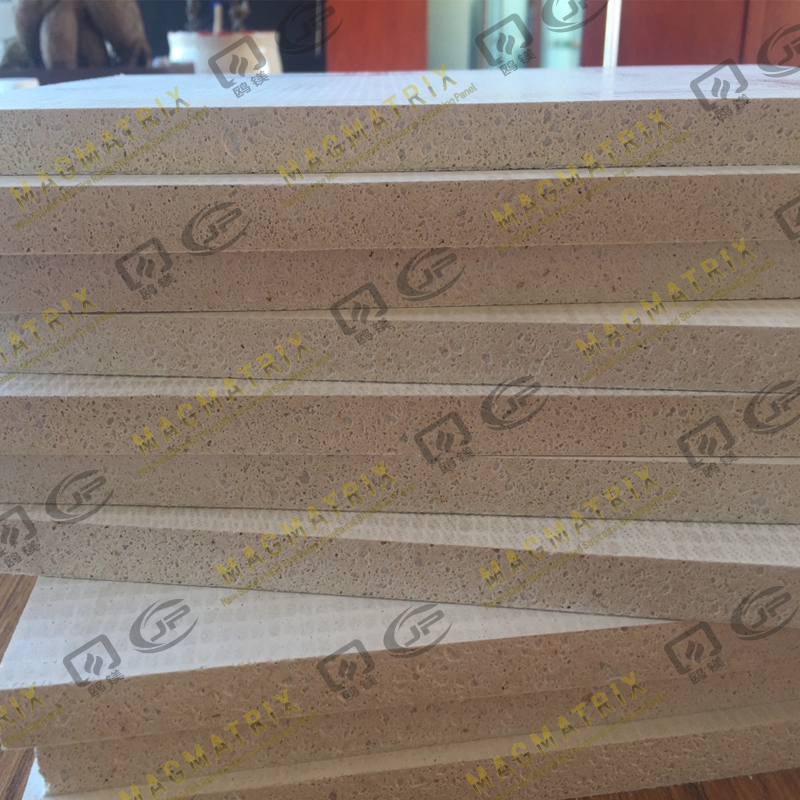 BMSC 517 New Sulfate MgO Board
BMSC 517 New Sulfate MgO Board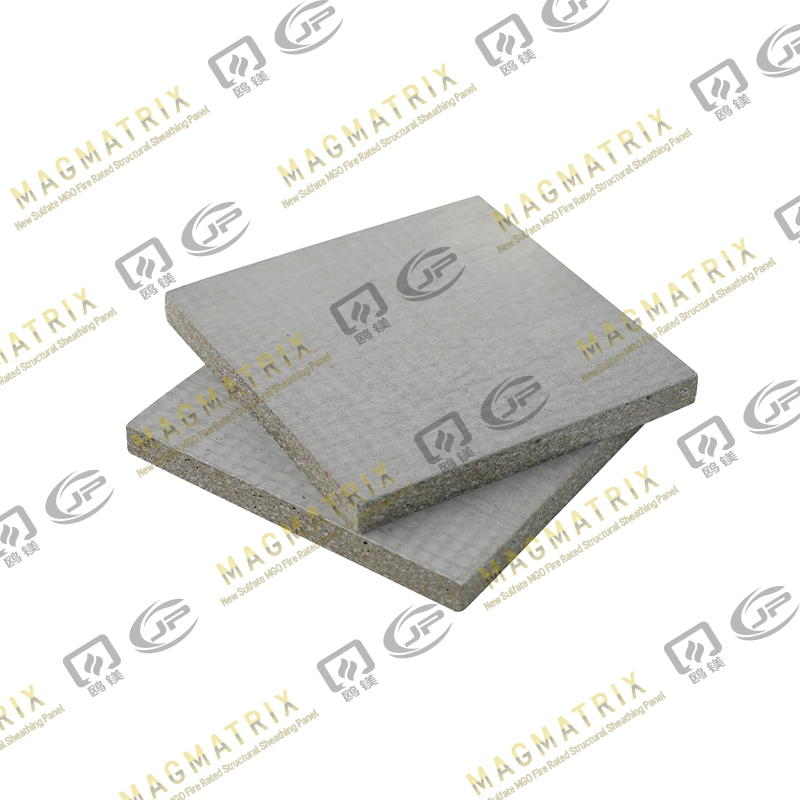 Multi-Support MgO Wall Sheathing Board
Multi-Support MgO Wall Sheathing Board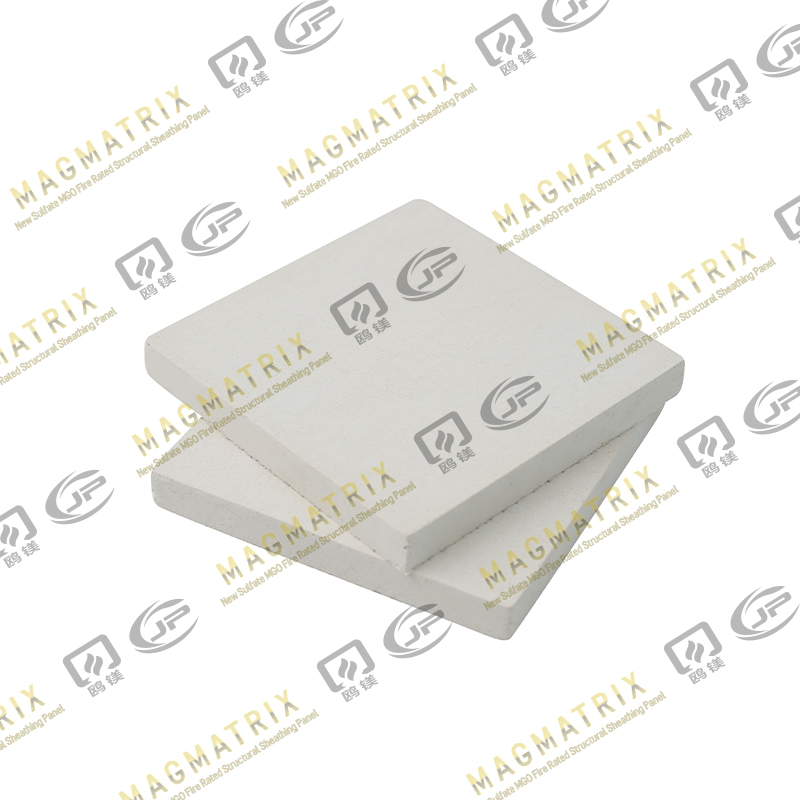 Perseverance MgO Wall Sheathing Board
Perseverance MgO Wall Sheathing Board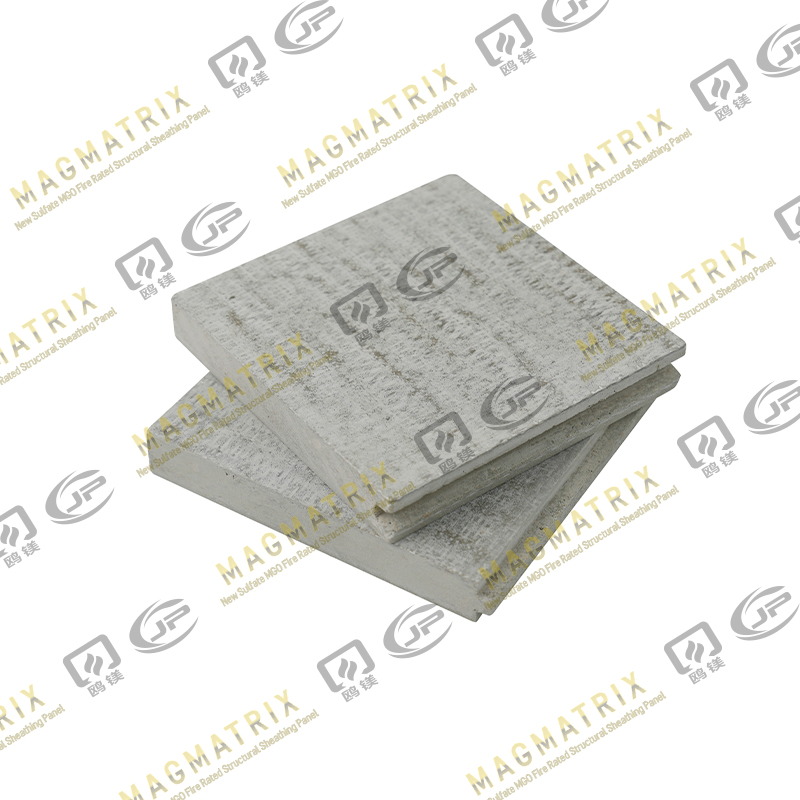 Multi-Support MgO Subfloor Sheathing Board
Multi-Support MgO Subfloor Sheathing Board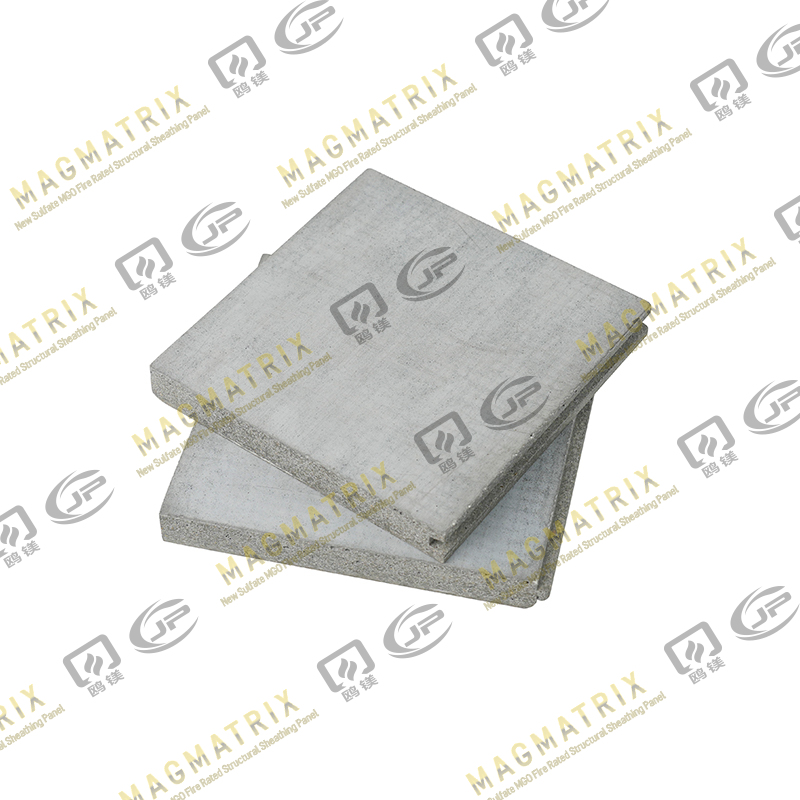 Perseverance MgO Subfloor Sheathing Board
Perseverance MgO Subfloor Sheathing Board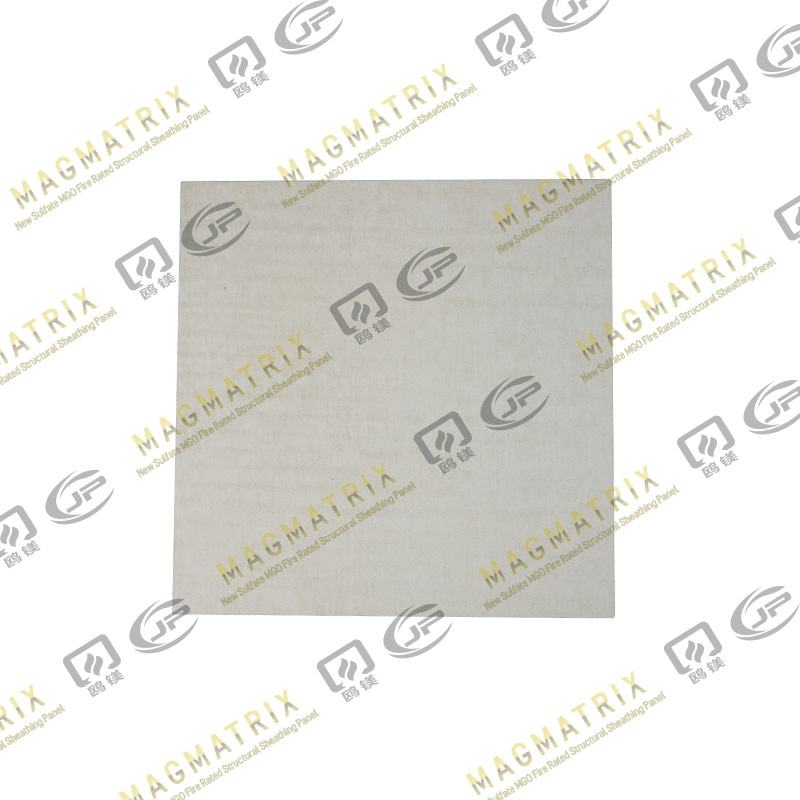 MagMatrix MgO Underlayment Panel/board
MagMatrix MgO Underlayment Panel/board


 English
English русский
русский Español
Español
